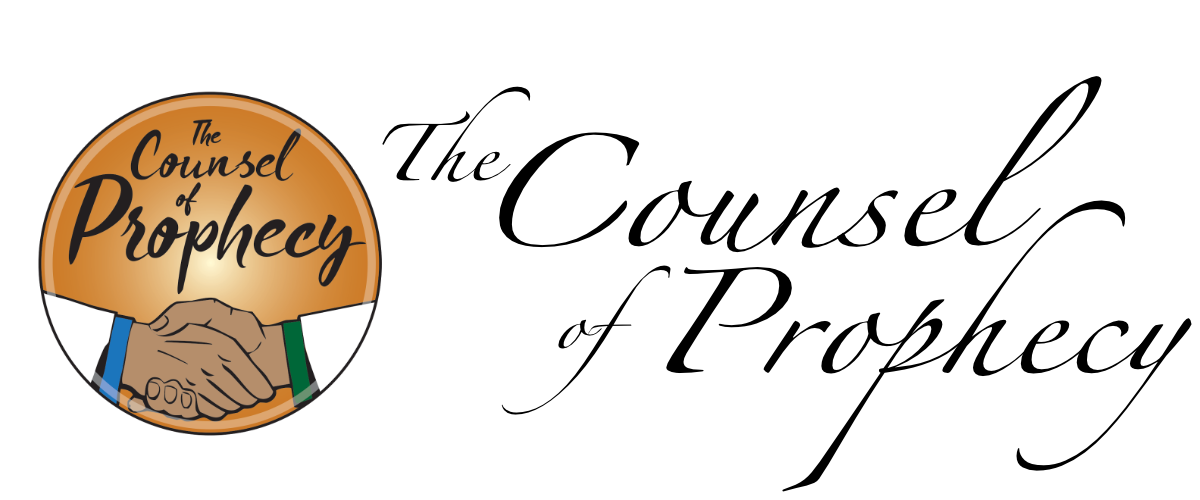As I contemplate these verses, I can’t help but wonder how much longer our nation will stand. How much longer will we enjoy the blessings of true Protestantism and civil liberty? We are well aware that the final prophecies will be fulfilled, but we have long wondered when. Friends, the time is not very far away. I do not believe in setting times for the fulfillment of prophecy, especially for the return of Jesus, but the signs of prophecy indicate an imminent end. Concerning America’s role in prophecy, what does the Bible predict? And again, what does this say about the next president of this nation?
In Revelation 13:11 the Bible says, “And I beheld another beast coming up out of the earth; and he had two horns like a lamb, and he spake as a dragon.” Here we have a beast mentioned. A beast in Bible prophecy represents a kingdom or world power (see Daniel 7:17, 23). What is this power that is here introduced? Well let’s examine the characteristics of this beast and thereby reach a conclusion. First, it is said to be “another” beast. The fact that prophecy says it is “another” beast indicates that it is not the same as the first beast of Revelation 13:1-10. Verse 12 of Revelation 13 says the first beast was before the second beast. In other words, the papal power (1st beast) was before this power. Also, if we follow the line of prophecy, we find that the second beast appears on the scene around the time in which the first beast received its deadly wound. Concerning this wound, notice what John says in the first half of verse ten: “He that leadeth into captivity shall go into captivity …” (Revelation 13:10a). This corresponds with the deadly wound inflicted upon the papal beast, and when did this wound occur? Consider this statement from history: “In 1798 he (Berthier) … made his entrance into Rome, abolished the Papal government and established a secular one.” (3). So, around 1798 another beast or world power would appear upon the stage of prophecy. What nation best fits this description?
Secondly, this second beast is said to come “out of the earth.” This is a contrast from the manner in which the first beast arose. Concerning the rise of the first beast, prophecy says, “Then I stood on the sand of the sea. And I saw a beast rising up out of the sea…” (Revelation 13:1). Notice the difference. The first beast arose out of the sea, but the second beast arose out of the earth. What does a sea represent in prophecy? The Bible says, “The waters which thou sawest … are peoples, and multitudes, and nations, and tongues.” (Revelation 17:15). So if the first beast arises out of a place with peoples, multitudes, nations, and tongues, then the second beast must arise out of a place without peoples, multitudes, nations, and tongues. In other words, it must arise out of a place that is not greatly populated. What nation best fits this description?
A third description of this beast is that it has “lamblike horns.” What can this mean? First of all, the fact that the horns are like a lamb indicates the youthfulness of the nation; a lamb is a young sheep. So when John saw this beast arising out of the earth around 1798, its appearance was that of a youth; it was in its early years of life. Secondly, in prophecy horns represent power. In Revelation 13:1 we read that the ten horns upon the first beast had ten crowns upon them. The interpretation of such is given in Revelation 17:12: “And the ten horns which thou sawest are ten kings …” Now while the horns of the first beast are depicted with crowns, the horns of the second beast are depicted without crowns. This is another contrast between the first and second beasts. The horns without crowns indicates that this power is not governed by a king; its government is independent of a monarch. Thirdly, the fact that the horns are “lamblike” also points to a character of “Christlikeness.” John the Baptist said “Behold the Lamb of God, which taketh away the sin of the world.” (John 1:29). This, of course, was a reference to Jesus of whom it is said that he is “a lamb without blemish and without spot.” (1 Peter 1:19). The Christians who first fled to America were seeking an asylum from royal oppression and priestly intolerance. Consequently, many of them were determined to establish a government founded on both civil and religious liberty. The two horns, therefore, points to the great fundamental principles of Republicanism and Protestantism upon which this “lamblike” beast was established. These principles have been the secret of its power and prosperity. Unlike the spotless Lamb of God, however, the “lamblike” beast has flaws; it eventually speaks as a dragon. Again, what nation best fits this description?


